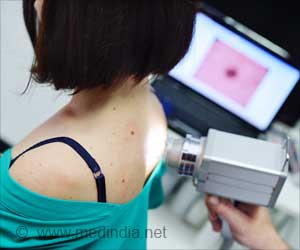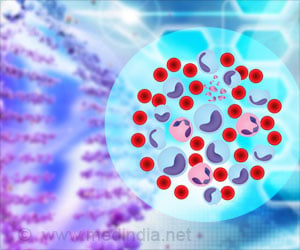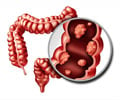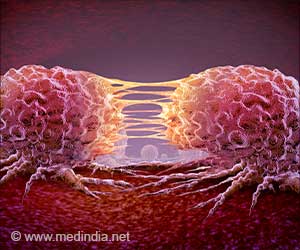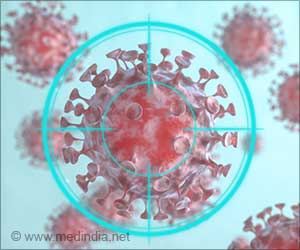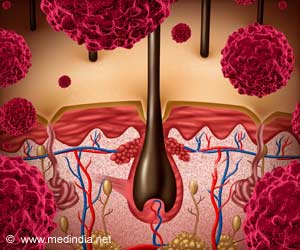
‘Feverfew flowers can be used to treat chronic lymphocytic leukemia occurring commonly in older people due to the presence of parthenolide.’
Read More..Tweet it Now
The team was able to extract the compound from the flowers and modify it so it could be used to kill chronic lymphocytic leukaemia (CLL) cells in the laboratory.Read More..
Feverfew is grown in many UK gardens, and also commonly sold in health food shops as a remedy for migraine and other aches and pains.
The compound the Birmingham team were investigating is called parthenolide and was identified by scientists as having anti-cancer properties several years ago. Although available commercially, it is extremely expensive with poor "drug-like" properties and has not progressed beyond basic research.
The Birmingham team were able to show a method not only for producing the parthenolide directly from plants, but a way of modifying it to produce a number of compounds that killed cancer cells in in vitro experiments. The particular properties of these compounds make them much more promising as drugs that could be used in the clinic.
The parthenolide compound appears to work by increasing the levels of reactive oxygen species (ROS) in cells. Cancer cells already have higher levels of these unstable molecules and so the effect of the parthenolide is to increase levels of these to a critical point, causing the cell to die.
Advertisement
It was initiated by Dr Angelo Agathanggelou, of the Institute of Cancer and Genomic Studies, who is investigating new ways to treat chronic lymphocytic leukaemia (CLL), a type of cancer which typically affects older people.
Advertisement
Professor John Fossey, of the University's School of Chemistry, says: "This research is important not only because we have shown a way of producing parthenolide that could make it much more accessible to researchers, but also because we've been able to improve its "drug-like" properties to kill cancer cells. It's a clear demonstration that parthenolide has the potential to progress from the flowerbed into the clinic."
Lee Hale, Head of Winterbourne Botanic Garden and Abigail Gulliver, Winterbourne's Horticultural Adviser oversaw the cultivation and harvesting of the plants.
Hale explains: "After trials on related plant species within the Asteraceae family it soon became apparent that Tanacetum parthenium - feverfew - provided the optimum levels of parthenolide."
"Feverfew is a short lived perennial plant which we sowed on an annual basis for the trial to ensure continuity of supply. This was necessary as winter weather can result in plant losses," adds Abigail Gulliver.
Source-Eurekalert


